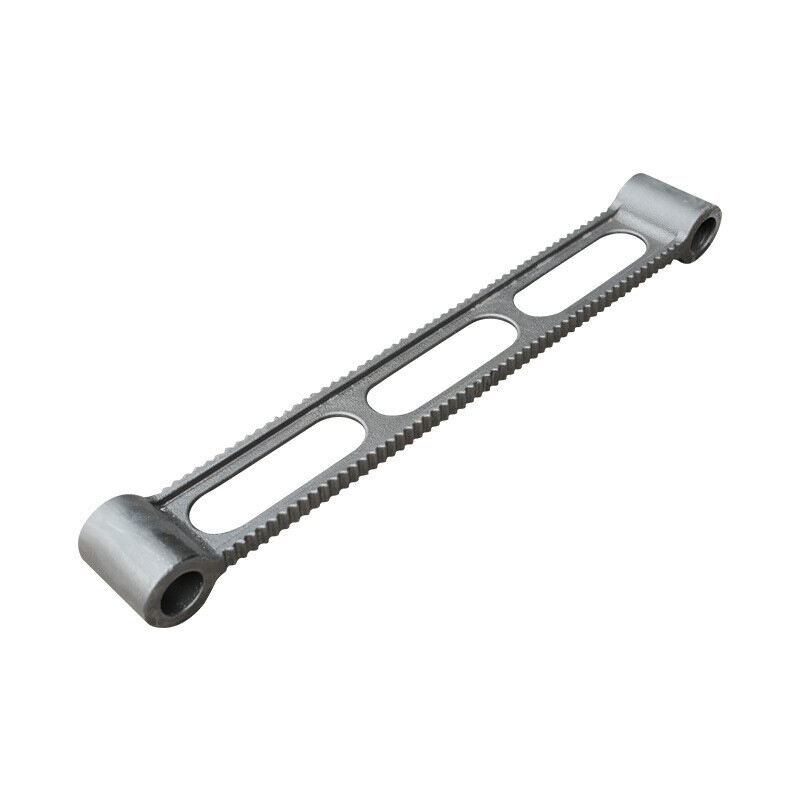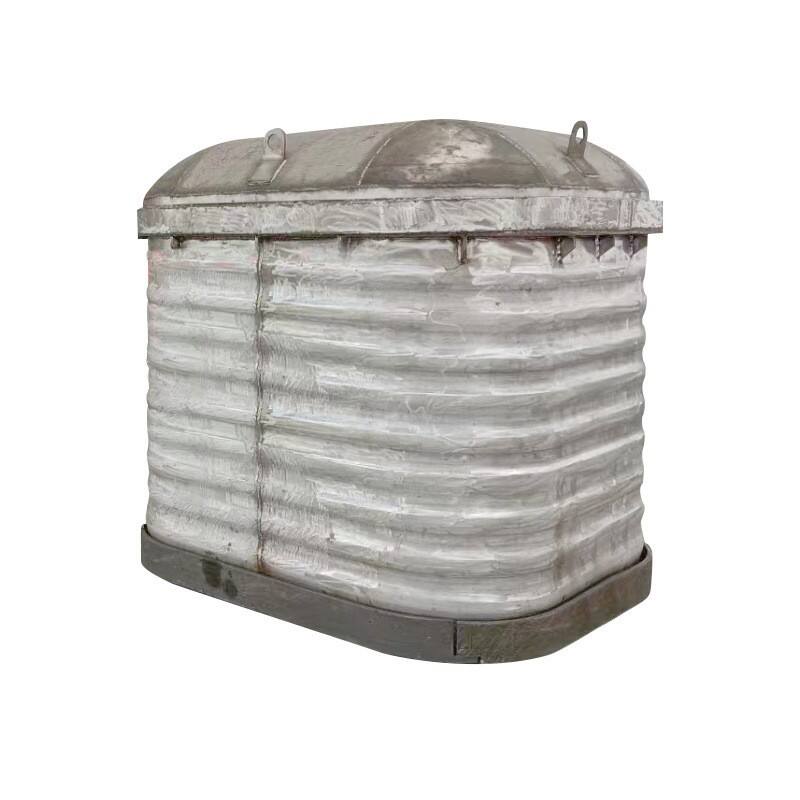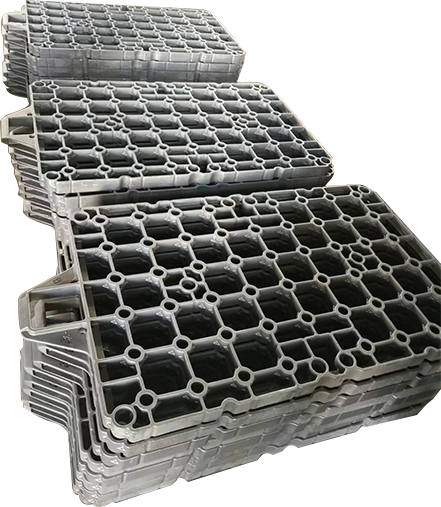carburizing heat treatment
Carburizing heat treatment is a sophisticated surface hardening process that significantly enhances the mechanical properties of low-carbon steels. This metallurgical process involves diffusing carbon into the surface layer of steel at temperatures ranging from 850°C to 950°C, creating a high-carbon outer layer while maintaining a tough, ductile core. During the process, the steel is exposed to a carbon-rich environment, which can be in the form of solid, liquid, or gaseous media. The carbon atoms diffuse into the steel's surface, creating a gradient of carbon concentration that decreases from the surface inward. Following the carbon diffusion stage, the component undergoes controlled cooling and subsequent heat treatment operations to achieve the desired hardness and microstructure. This process is particularly valuable in manufacturing applications where components require a hard, wear-resistant surface while maintaining a tough interior structure. Common applications include gears, crankshafts, camshafts, and various automotive components that experience high surface stress and wear during operation. The depth of the carburized layer can be precisely controlled, typically ranging from 0.1 to 1.5 mm, depending on the specific application requirements and process parameters.


